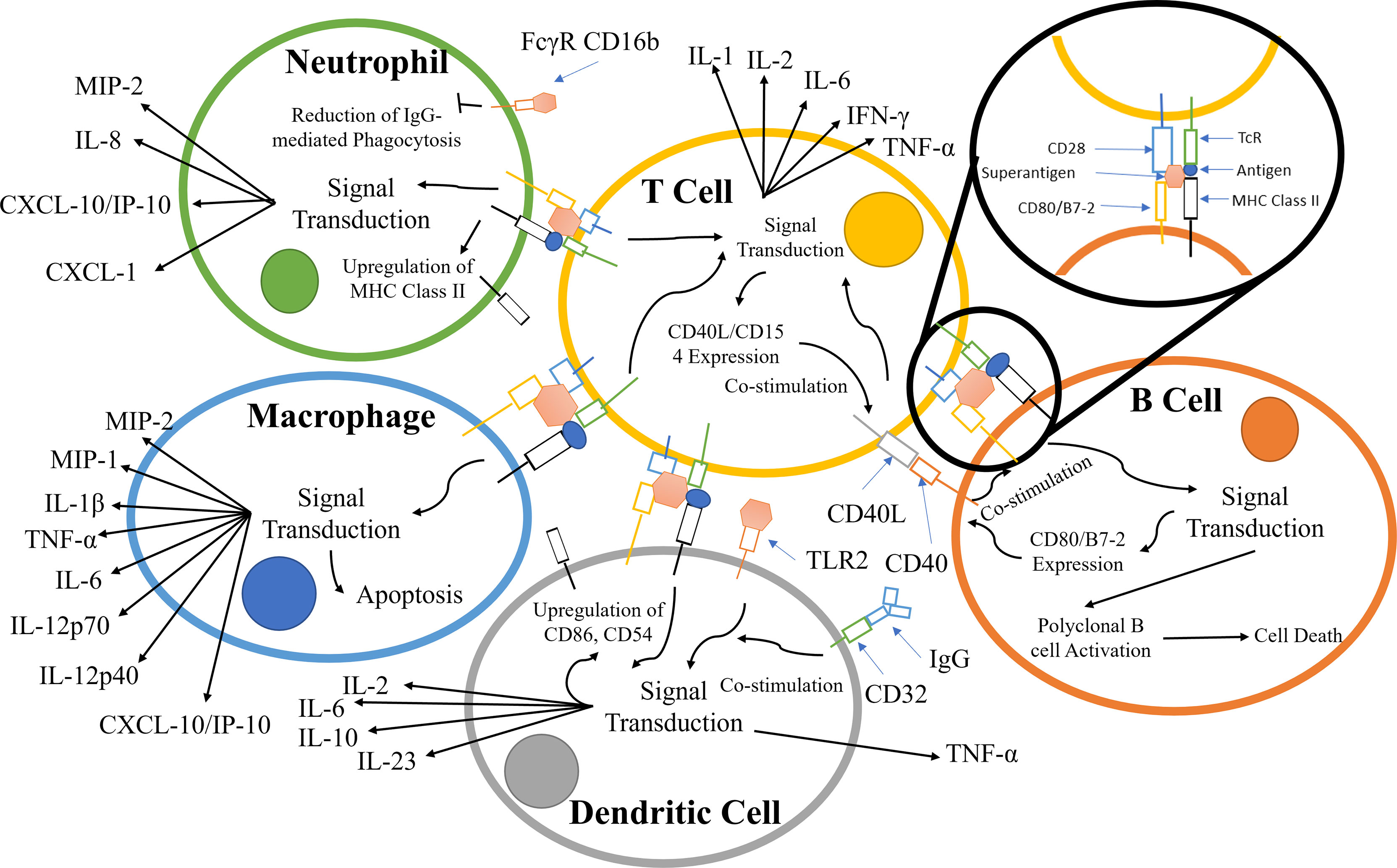Superantigens and their Association with Dermatological for Beginners

Little Known Facts About Superantigen stimulation - Sanquin.
The biological strength of the Droop (its ability to promote) is figured out by its affinity for the TCR. SAgs with the highest affinity for the TCR generate the strongest reaction. SPMEZ-2 is the most potent SAg discovered to date. T-cell signaling [modify] The SAg cross-links the MHC and the TCR causing a signaling path that leads to the proliferation of the cell and production of cytokines.

4: Structure of superantigens(A) Crystal structures of the - Download Scientific Diagram
Low levels of Zap-70 have been found in T-cells activated by Droops, showing that the regular signaling path of T-cell activation suffers. It is assumed that Fyn instead of Lck is triggered by a tyrosine kinase, causing the adaptive induction of anergy. Both the protein kinase C path and the protein tyrosine kinase pathways are activated, leading to upregulating production of proinflammatory cytokines.

How superantigens cause toxic shock syndrome? - YouTube
Direct results [modify] SAg stimulation of antigen presenting cells and T-cells elicits a response that is generally inflammatory, concentrated on the action of Th1 T-helper cells. Some of the major items are IL-1, IL-2, IL-6, TNF-, gamma interferon (IFN-), macrophage inflammatory protein 1 (MIP-1), MIP-1, and monocyte chemoattractant protein 1 (MCP-1).
Deletion or anergy of activated T-cells follows infection. This results from production of IL-4 and IL-10 from prolonged exposure to the contaminant. The IL-4 and IL-10 downregulate production of IFN-gamma, MHC Class II, and costimulatory molecules on the surface of APCs. therapy for cancer patients produce memory cells that are unresponsive to antigen stimulation.
Examine This Report about Superantigens - Langley - - Major Reference Works - Wiley
MHC crosslinking likewise activates a signaling pathway that reduces hematopoiesis and upregulates Fas-mediated apoptosis. IFN- is another item of prolonged SAg direct exposure. This cytokine is closely connected with induction of autoimmunity, and the autoimmune disease Kawasaki illness is known to be caused by SAg infection. Droop activation in T-cells results in production of CD40 ligand which activates isotype changing in B cells to Ig, G and Ig, M and Ig, E.
The harmful effects of the microorganism and SAg likewise damage tissue and organ systems, a condition called toxic shock syndrome. If the initial swelling is endured, the host cells become anergic or are deleted, leading to a badly jeopardized body immune system. Superantigenicity independent (indirect) results [edit] Apart from their mitogenic activity, SAgs are able to cause signs that are particular of infection.

